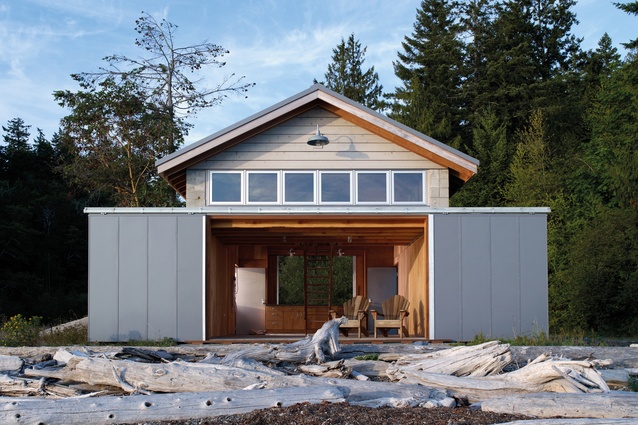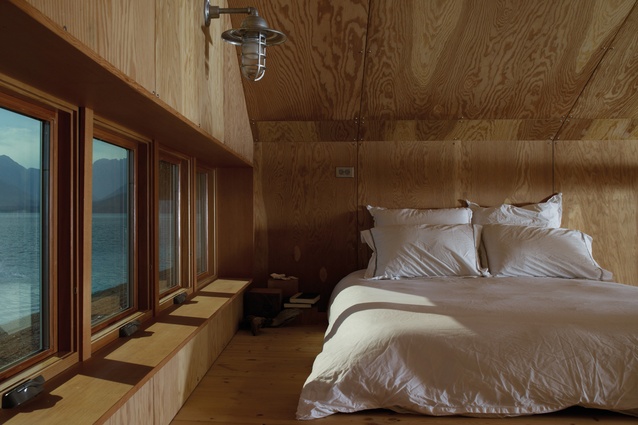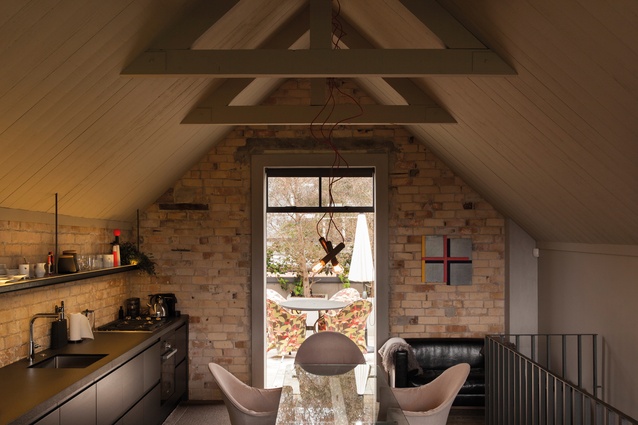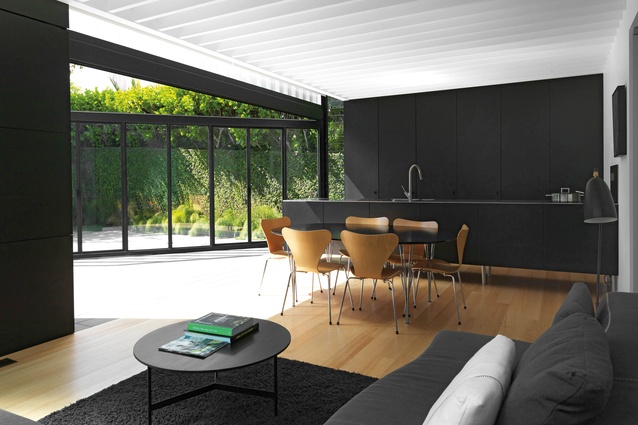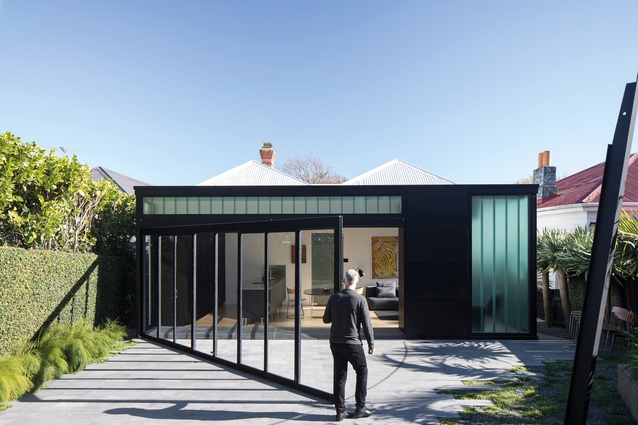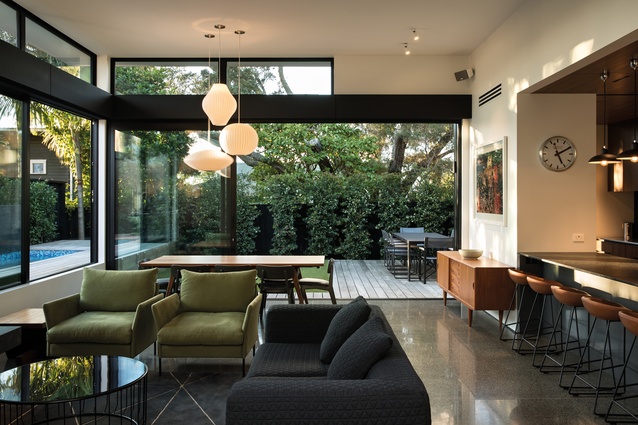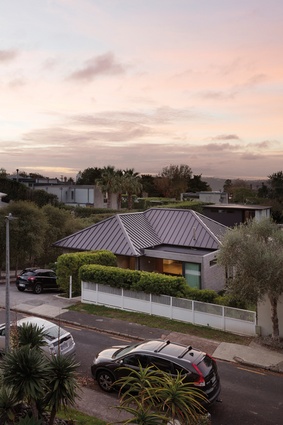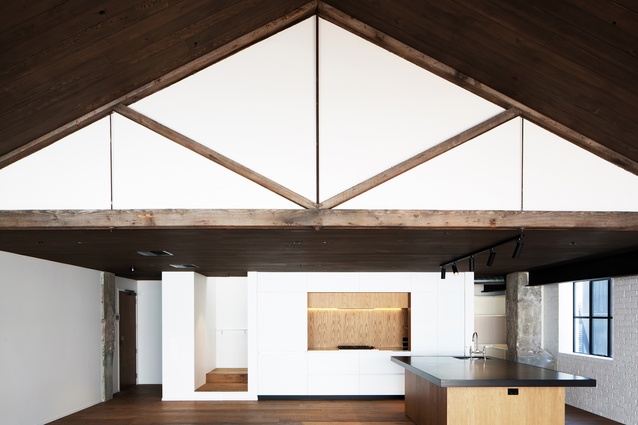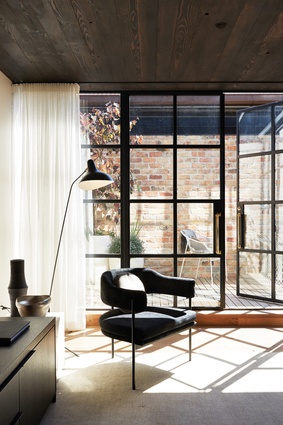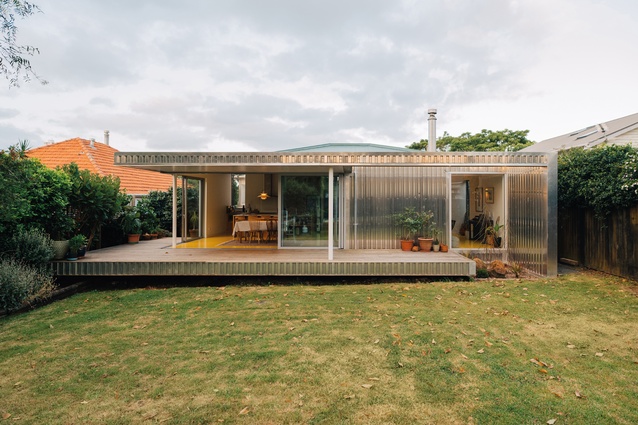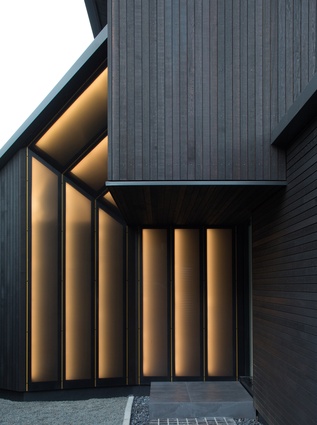In focus: Alterations and additions
New Zealanders love to renovate. We spent almost $2 billion* on consented housing alterations and additions in the last year, up $76 million on 2017.
The reason for altering or adding to your home is generally one of these: the need for space or the need for an upgrade. With population growth and skyrocketing house prices, buildings are having to work harder to fit more people in. Families are adding to their homes to accommodate extended family members or to allow for the return of grown children. Meanwhile, other home-owners are seeing the potential to expand or renovate their houses either for profit’s sake or simply for more comfortable living.

Depending on the bones you are working with, a renovation can be a more economical undertaking than starting afresh would be. In terms of environmental impact, it is almost always better to renovate. Waste from building sites contributes up to 50 per cent of all waste generated in New Zealand, according to a 2015 government study, so, by its very nature, a new addition rather than a complete rebuild will be a more sustainable option.
When undertaking an alteration or addition to a house, the question is often whether to comply with the style and era of the existing building or to go for something more contemporary to juxtapose with the old.
In recent years, there has been a trend towards stark contrast, with classic villas being modernised with contemporary, often black, box-like additions to the rear. This option provides for modern living, with open-plan kitchen and dining spaces and connections to the outdoors, while still presenting beautiful villa faces to the street. It also allows for creativity and a break away from the restrictions of a more traditional aesthetic.
Here, we look at a range of inspiring projects from New Zealand (many from this year’s New Zealand Institute of Architects Regional Awards) and around the world, where architects and designers have worked to meet the changing needs of the home-owners and, in doing so, have come up with some ingenious solutions.
Conversions
Conversions, or adaptations, take an existing, often historic building, such as a factory or church, and convert it to a house. American architectural studio Hoedemaker Pfeiffer created a waterside cabin out of an existing boathouse in Puget Sound in Washington. A new opening to the rear of the building allows three sides to be open in summer; a kitchen bench runs along the back wall and a retractable stair provides access to the sleeping loft.
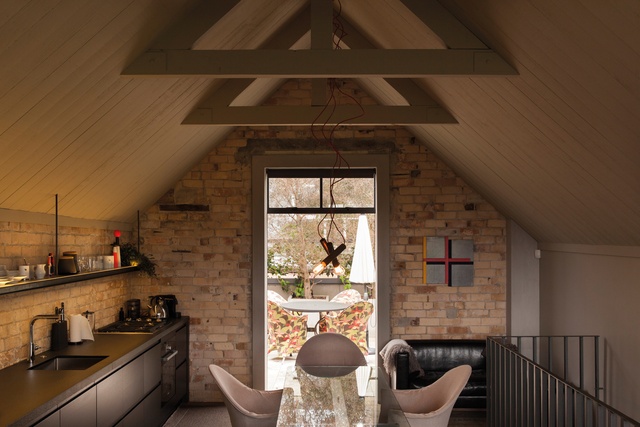
The eponymous Stables was originally a home to horses from Auckland’s pioneering days and, over the years, this brick building tucked behind Ponsonby Road has seen a few different iterations. The most recent is its transformation to a residential apartment and small office space by Jack McKinney Architects (formerly McKinney+Windeatt). Bringing back the history of the building, the architects retained some traces of its past while newly introduced materials and textures were chosen for their ambiguity, in terms of age and origin.
Creating light
The renovation and remodelling of a Victorian townhouse in London by New Zealander Paul Acland of Paul+O Architects features a new six-metre, double-height extension, which replaced an earlier single-storeyed 1970s’ extension.
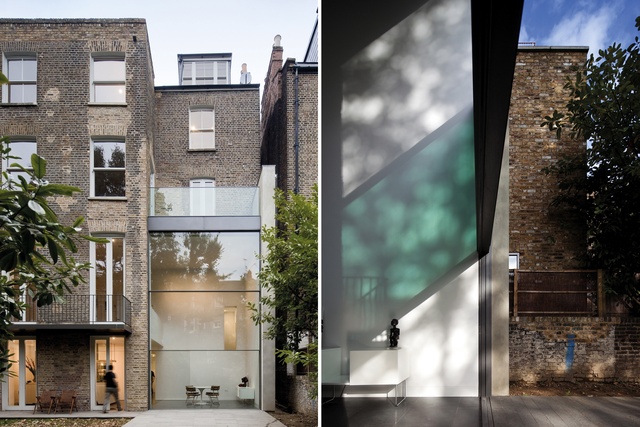
“The guillotine window is a contemporary interpretation of the ubiquitous Victorian sash window on a much larger scale,” explains Acland. “It extends to the full height and width of the extension, flooding the principal living spaces and the master bedroom with light and creating uninterrupted views of the south-facing garden.”
Clever thinking
Once more, a villa is given a new lease of life with an alteration and addition project by Crosson Architects, which involved replacing an old lean-to with a new, contemporary living space. Glass walls bring copious amounts of daylight into the new room – hence the project name ‘Light Box’ – and stepping out into the backyard involves swinging open an entire wall.
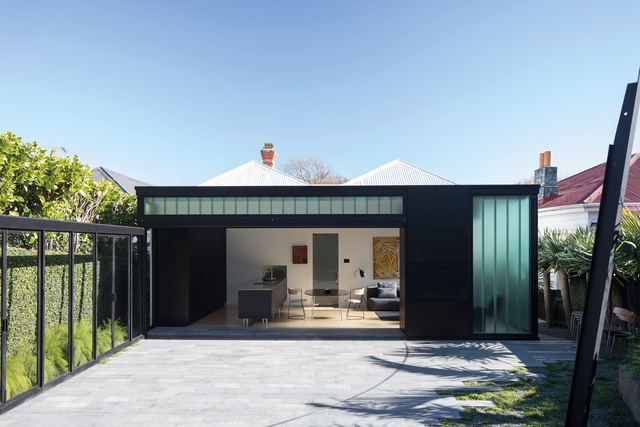
Basalt paving outside enters the threshold of the living area, merging the two. The black kitchen seems to fade into the background, while the white walls and courtyard beyond take visual precedence.
Contemporary spaces
New exterior additions to older buildings are often termed ‘interventions’. As Rogan Nash Architects’ project name suggests, ‘The Stage and the Cave’ presents a beautiful and traditional villa face to the street but, behind the original hallway and bedrooms, it opens to a large contemporary living area beyond. Ground concrete flooring gives an unapologetically modern look to the new wing while, outside, vertical timber cladding is juxtaposed with the traditional horizontal weatherboards.

Elsewhere, a 1950s’ state house was updated by Verso Architecture + Interiors using a palette of cedar, plaster brick, board-form concrete and Eurotray standing seam roofing, chosen to merge with the brick of the existing house but also to bring it into the modern era. Inside, the design is contemporary, centring around the new, board-form concrete and cedar-clad sunken lounge that connects to the kitchen.
Co-existing
Architects will often retain the historic bones of the structure while creating a contemporary interior, as is the case with the Ford Lofts, designed by Cheshire Architects. The project takes the original Ford Model T assembly building and creates eight unique loft apartments in Auckland’s Parnell.

The building’s history is on display in these lofts, with exposed original brickwork, muntin windows and timber struts. However, the homes have been brought into the modern day with the use of lacquered metals, granite benchtops, concrete elements and high-spec kitchens. The construction process proved difficult, with the concrete framework of the building having to be replaced by hand, but the building is now preserved as a piece of history.
Creative cladding
Lloyd Hartley Architects explored the metaphor of tailoring for the home-owner from within the fashion industry, providing an altered silhouette and ‘clothing’ for an existing plastered home with modernist intentions. The narrow cedar board cladding on ‘The Tailored Home’ suggests a finely woven suiting material while the backlit perforated metal screens create a type of facing or cuff to define the entry, explains director Mike Hartley.
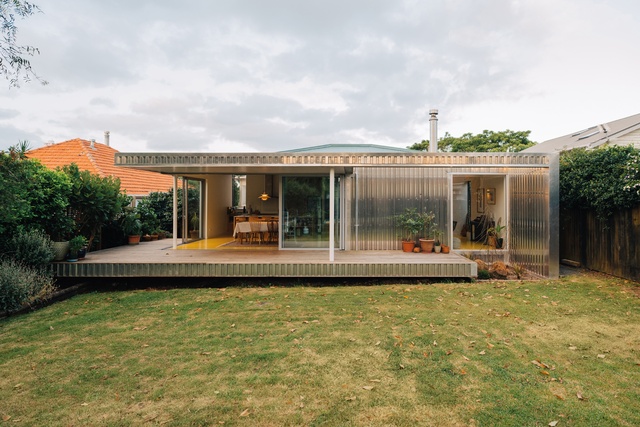
With the ‘Yolk House’, PAC Studio decided on a complete contrast with the original house, as the spatial arrangement and brief for the addition were so different from what was being retained. The addition is clad in mill-finished LT7 profile aluminium, sourced from Roofing Industries.
“The cladding is wonderful in the way it reflects the light softly and the way its surface changes with the colour of the sky through the day,” says PAC’s Sarosh Mulla. “In the evening, the western façade of the building, where you can sit in close proximity to the garden, glows with a warm pink and orange light.”
This article first appeared in Houses magazine.

*Statistics New Zealand, $1.98 billion to May 2019

